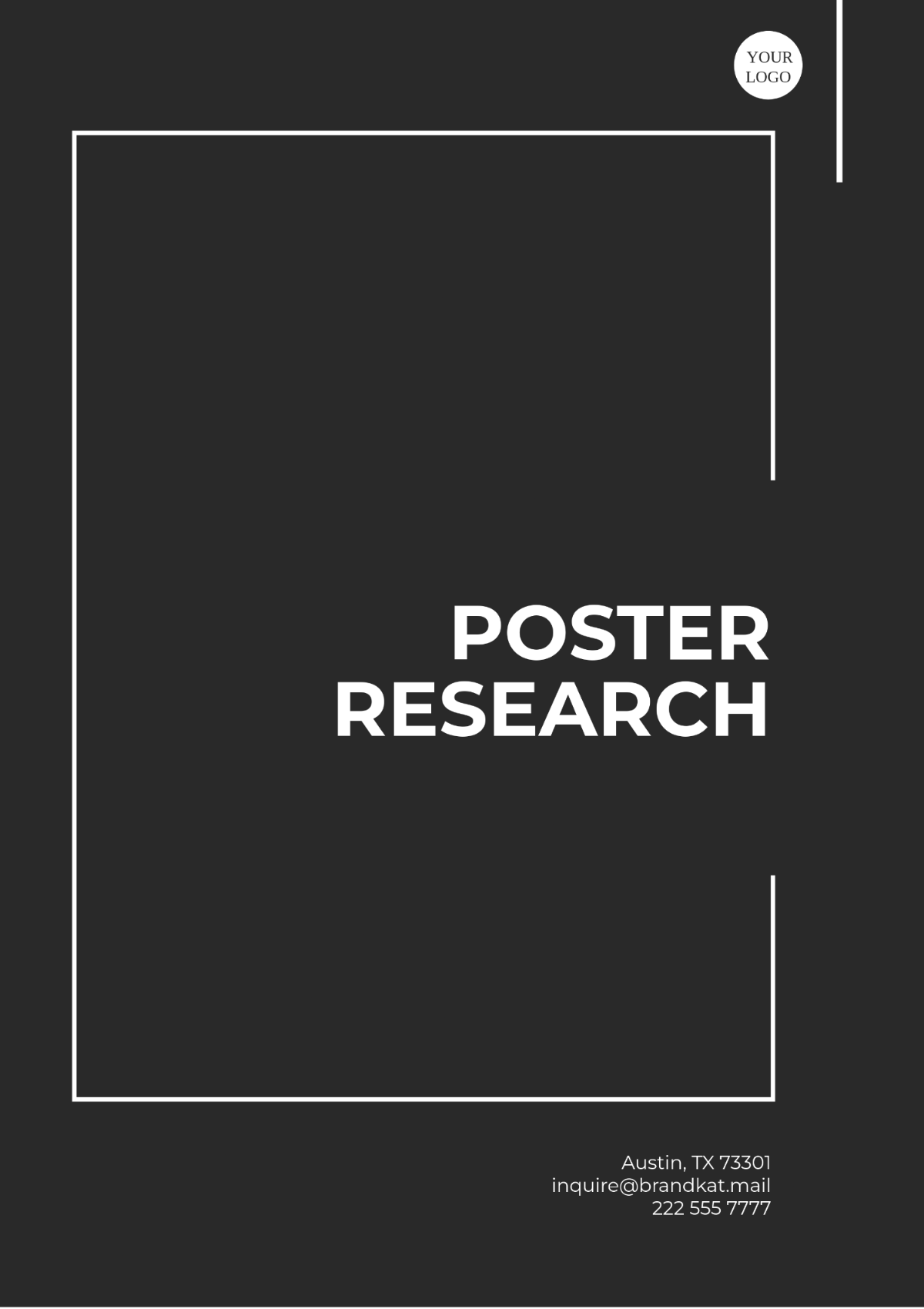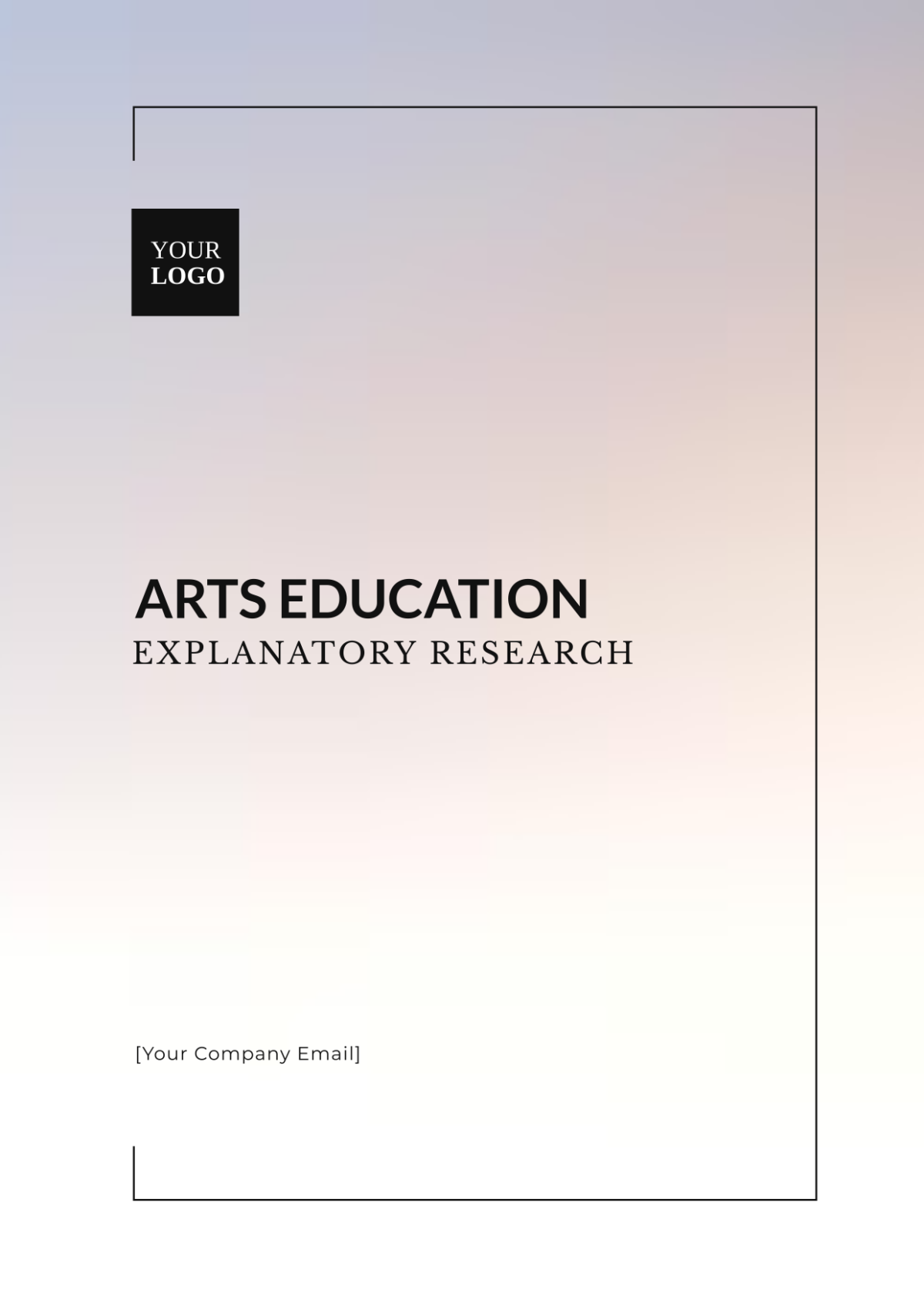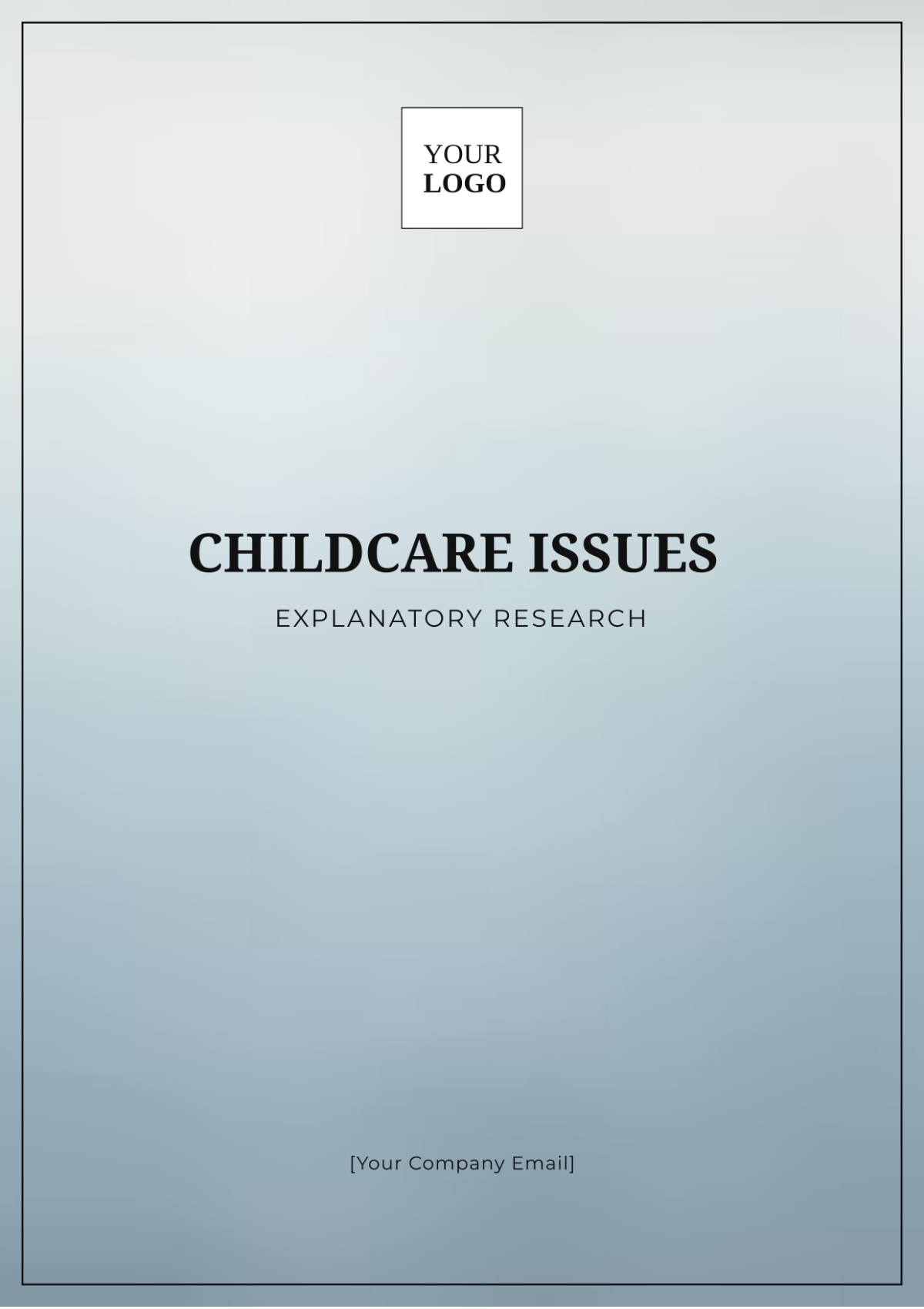Participant Observational Study
Principal Investigator: [YOUR NAME]
Affiliation: [YOUR COMPANY NAME]
Date: [SUBMISSION DATE]
Introduction
Observational studies are widely used in education research to understand classroom behaviors, social interactions, and student motivations. In this study, the researcher assumes an active role, integrating into the environment to observe firsthand the dynamics of a high school classroom. The goal is to gather in-depth insights into student-teacher interactions, peer relationships, and individual behaviors during academic and social activities.
Objectives
The primary objectives of this study are:
To observe the interactions between students and teachers during instructional time.
Examine peer relationships and group formations during classwork and unstructured times (e.g., lunch, recess).
To identify patterns of student motivation, engagement, and participation.
To assess the impact of the classroom environment on students' learning behaviors.
Methodology
Participant Selection
The study was conducted in a high school classroom of 30 15-17 students from diverse socio-economic backgrounds. The classroom setting was chosen because it offers an environment conducive to natural observations of academic and social interactions.
Demographics of the classroom:
Gender: 15 male, 15 female
Socio-economic background: Mixed
Academic performance: Varied (based on previous records)
Role of the Researcher
The researcher was introduced to the class as a participant observer, aiding the teacher with daily activities while taking detailed notes on interactions and behaviors. The presence of the researcher was designed to be minimally intrusive.
Duration: The study was conducted over 4 weeks.
Observation time: 3 hours per day, covering both instructional and non-instructional periods.
Data Collection Methods
Direct Observation: The researcher documented all activities, interactions, and behaviors observed.
Field Notes: Detailed, handwritten field notes were taken during each observation session.
Audio Recording: Class discussions were recorded (with consent) for detailed analysis of teacher-student interactions.
Peer Interactions: During breaks and group activities, the researcher focused on peer group dynamics and communication.
Findings
Teacher-Student Interaction Patterns
General Observations
Instructional time: The teacher maintained a structured environment, where verbal instruction dominated.
Teacher Feedback: The teacher provided individual feedback during independent tasks but struggled to give immediate feedback during group activities due to time constraints.
Notable Patterns
Positive reinforcement: The teacher frequently used positive reinforcement (e.g., "Great job," "Keep it up") for academically strong students.
Student participation: Active participation was concentrated among a small group of students, with others remaining quiet during whole-class discussions.
Observation | Number of Occurrences |
|---|---|
Teacher praising students | 15 |
Student-initiated questions | 10 |
Teacher-initiated questions | 25 |
Peer Relationships and Group Formations
Academic Group Work
Students naturally grouped themselves based on pre-existing friendships rather than academic performance or skills.
Group leaders (typically higher-performing students) often took charge, while lower-performing students tended to follow instructions with limited participation.
Social Breaks (Lunch, Recess)
Social hierarchies were evident during unstructured times, with popular students gathering in larger groups and more introverted students isolating themselves.
A few students were observed as "floaters" who moved between groups without any strong allegiance.
Group Type | Size |
|---|---|
Popular Groups | 5-7 |
Isolated/introverted | 1-2 |
Floaters | 1-3 |
Student Motivation and Engagement
High Motivation Group
These students actively participated in discussions and completed tasks quickly, often seeking further clarification to improve their work.
They demonstrated consistent focus and often helped peers during group activities.
Low Motivation Group
Students in this group appeared disengaged during lectures, frequently looking around the room or doodling in their notebooks.
They participated minimally in group discussions and tended to wait for others to take the lead during collaborative tasks.
Motivational Level | Behavior | Observations |
|---|---|---|
High motivation | Active participation, seeking feedback, focus | 10 students observed |
Medium motivation | Inconsistent engagement, varying interest levels | 12 students observed |
Low motivation | Disengaged, minimal contribution to discussions | 8 students observed |
Discussion
Teacher-Student Interaction Analysis
The observed interaction patterns suggest that the teacher plays a crucial role in maintaining classroom order and engagement, but time constraints may limit personalized feedback. The small group of highly engaged students received more positive reinforcement than their quieter peers, potentially reinforcing the divide between active and passive participants.
Peer Relationship Dynamics
The social dynamics during group work mirrored students' behaviors during unstructured time, where pre-existing friendships determined group formations. This tendency can hinder academic collaboration, as students may not engage with peers of different skill levels.
Motivational Insights
A key finding of the study is the contrast between highly motivated and disengaged students. Highly motivated students thrive on active feedback and peer interaction, while disengaged students tend to withdraw during collaborative activities. This observation indicates the need for differentiated instructional strategies that cater to varying motivation levels.
Recommendations
Enhancing Teacher-Student Interaction
Personalized Feedback: The teacher should incorporate more individual feedback, particularly for quieter students, to encourage broader participation.
Interactive Techniques: Engaging all students through active learning strategies such as questioning, peer tutoring, and hands-on activities can enhance engagement across the classroom.
Improving Group Work Dynamics
Mixed-Skill Groups: Encourage the formation of mixed-skill groups during collaborative work to promote peer learning and ensure equitable participation.
Role Assignment: Assign specific roles (e.g., note-taker, presenter) within groups to ensure each student contributes to the activity.
Addressing Student Motivation
Individualized Learning Plans: Developing personalized learning plans that target the interests and strengths of disengaged students can help boost their participation and motivation.
Increased Peer Collaboration: Foster environments where peer collaboration is encouraged during both structured and unstructured times to create stronger peer support networks.
Conclusion
The observational study highlights important aspects of classroom dynamics, from teacher-student interactions to peer group behaviors and student motivation. By understanding these elements, educators can develop strategies that create a more inclusive and engaging learning environment. Future research should explore the long-term impact of intervention strategies aimed at fostering equitable participation and motivation across diverse student populations.
References
Cohen, L., Manion, L., & Morrison, K. (2050). Research Methods in Education (8th ed.). Routledge.
Creswell, J. W., & Poth, C. N. (2051). Qualitative Inquiry and Research Design: Choosing Among Five Approaches (4th ed.). SAGE Publications.
Emerson, R. M., Fretz, R. I., & Shaw, L. L. (2052). Writing Ethnographic Fieldnotes (2nd ed.). University of Chicago Press.

















































